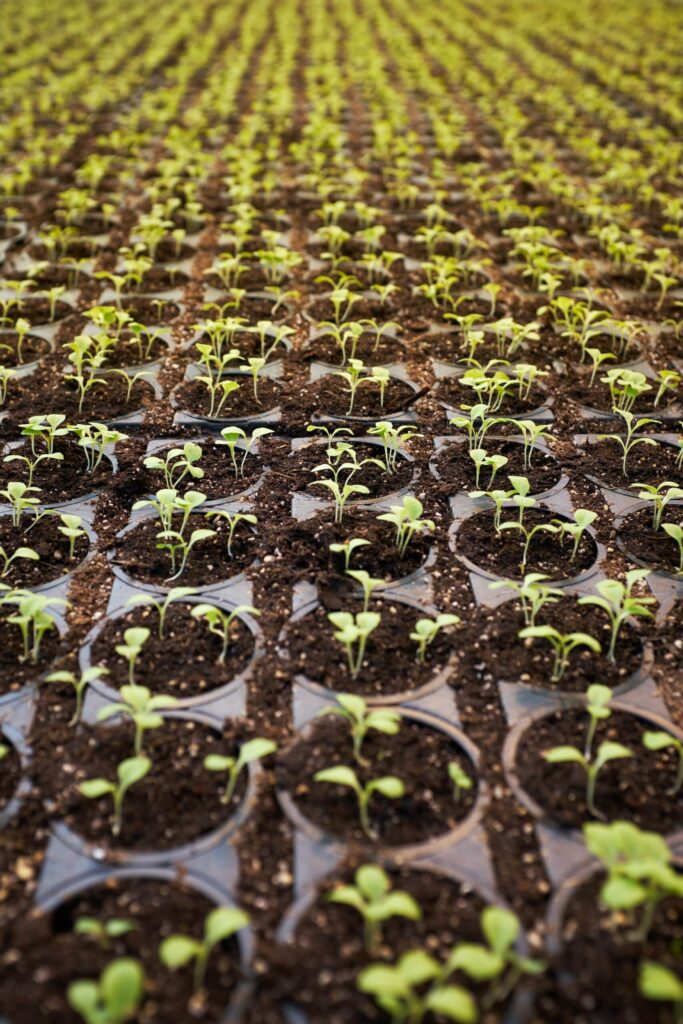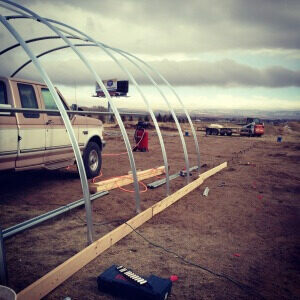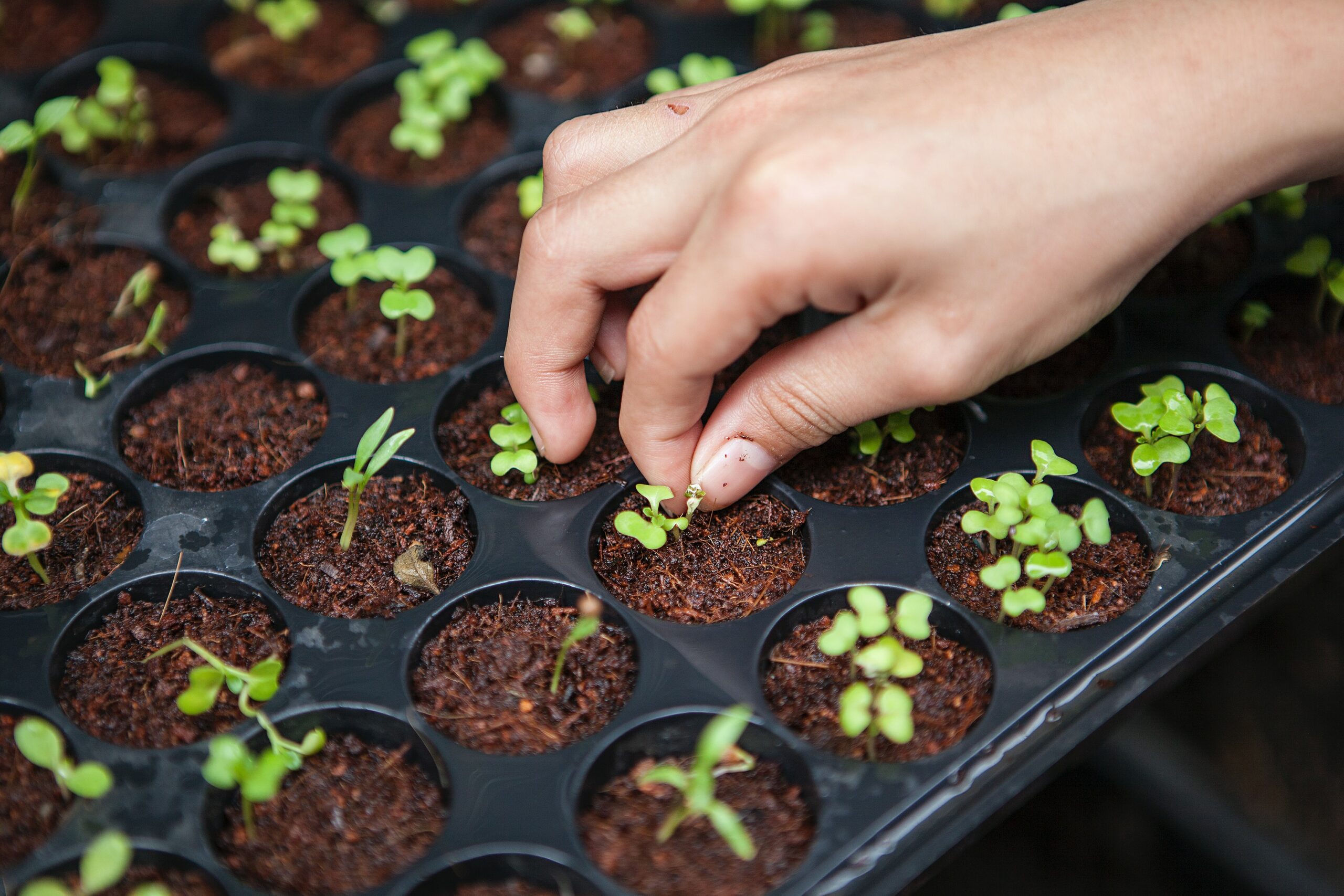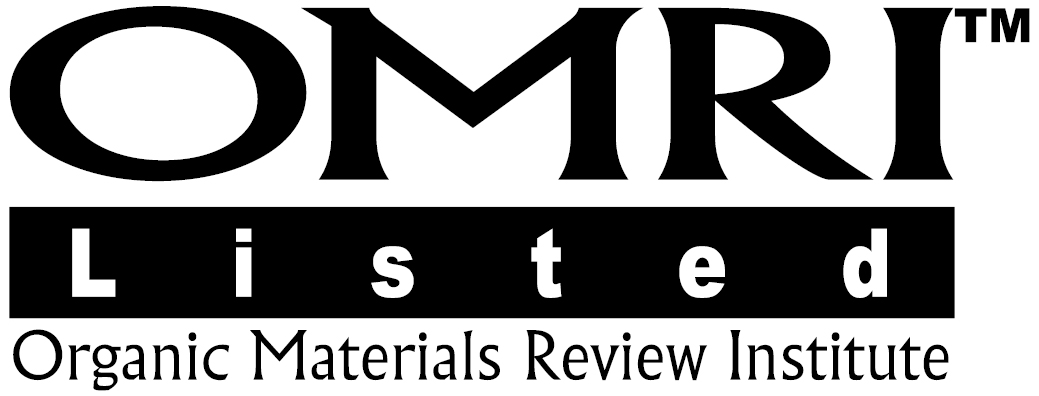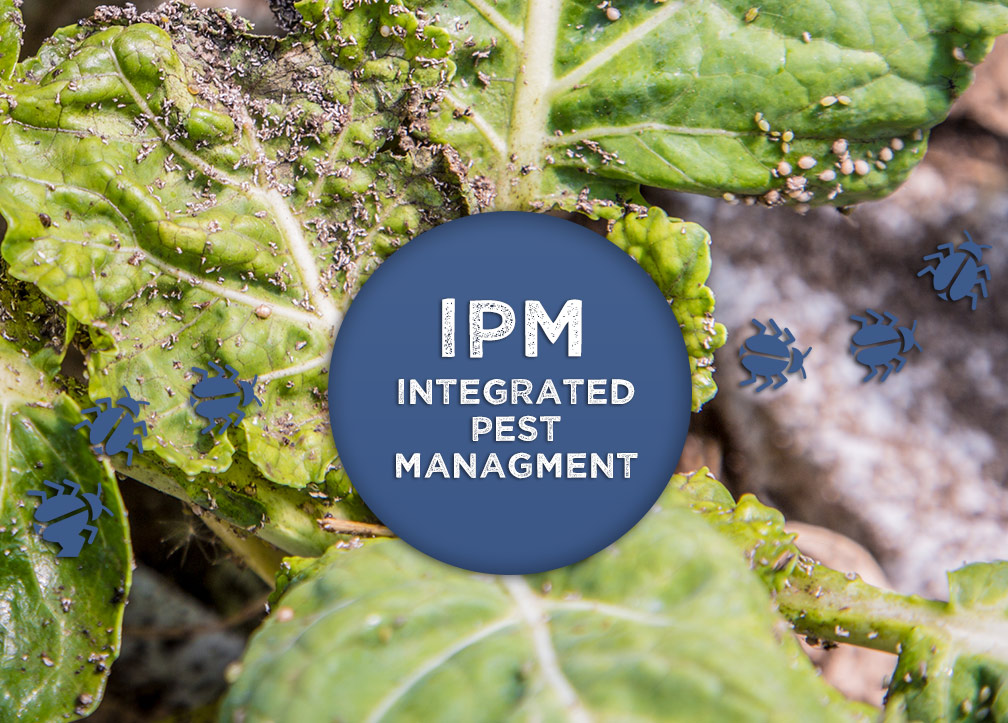Your go-go hydroponics resource guide
Building a hydroponics system can be overwhelming at times.
Over the years, we at Bright Agrotech have had a lot of time to seek out and test equipment based on costs, needs, and quality, whether it’s hydroponic growing equipment or greenhouse supplies.
We’d like to share those with you so that you can save some time and money, and hopefully avoid any money pits like we’ve fallen into in the past.
Here is our hydroponics resource guide. A place to share our thoughts on the products and processes involved in creating a functional hydroponics system and greenhouse.
General advice: start here!
If it doesn’t have to be expensive, get it cheap.
Doing the research to find out exactly what you need is worth it in the savings!
Some of our materials are jerry-rigged, thrifted, or something we found on the side of the road. No joke!
Price does not always denote quality, nor does it need to. Have a critical eye and know what you want, and you will save a lot of money.
Greenhouse frames, coverings and designs
Greenhouse frameworks
We use a Conley’s frame bought through Greenhouse Megastore.
The frame is made of rolled galvanized steel, which has been sturdy and has worked well for us.
There are plenty of other greenhouse frames out there including ones that are MUCH more solid (see: expensive) than ours.
Again, you’ll find a wide selection for your own goals and price range at Greenhouse Megastore.
Bright Agrotech Greenhouse Building Videos:
Building a Greenhouse (Part 1)
Building a Greenhouse (Part 2)
Greenhouse Fans
The fans you get will depend on the size of your greenhouse, or the volume.
The goal of having fans is to provide sufficient air movement to support the gas exchange that is crucial to plant health, as well as providing a cooling effect.
Whether or not a fan is sufficiently powerful depends on it’s capacity.
So what capacity do you need for your greenhouse?
A general rule is that you need 2 CFM (cubic feet per minute) per square foot of ground space in your greenhouse. (So if you have a 100 square foot greenhouse, you will need a fan with the capacity for 200 CFM.) You may need more if you have cooling walls.
Greenhouse coverings
Our environmental requirements for a greenhouse covering are quite high, especially when it come to heat. (Don’t forget we’re at 7,200′ and our winter is about 6 months long… I wish that was a joke).
We needed a covering that would provide sufficient insulation to deal with extremely low temperatures and high winds, and that wouldn’t break the bank!
Many people are surprised when we tell them that we got a covering capable of accomplishing both of these feats for around $700 per 100 foot-long hoop house.
We use 6 mm polyethylene with a 6 year warranty. An inflated double-layer and a bit of wiggle wire goes a long way to combating -30 F and wind.
You can get a covering like this from Greenhouse Megastore.
Bright Agrotech Greenhouse Covering Videos:
Double Layer Poly Greenhouse Coverings
Greenhouse heating and cooling
No matter how much insulation you have or the R value of your greenhouse covering, you will likely need to adjust the temperature.
With such a wide range of climates hosting hydroponic systems, pinning down just one recommended method is impossible, so instead we compiled a bunch of different methods, so that you can mix and match to fit your situation.
We have two written resources (one for cooling and one for heating) on various methods, as well as one specifically on heating a greenhouse with wood.
If videos are more your speed, check out Heating a Greenhouse or Heating a Greenhouse with Wood.
Plumbing
Hardware (fittings, tubing, etc.)
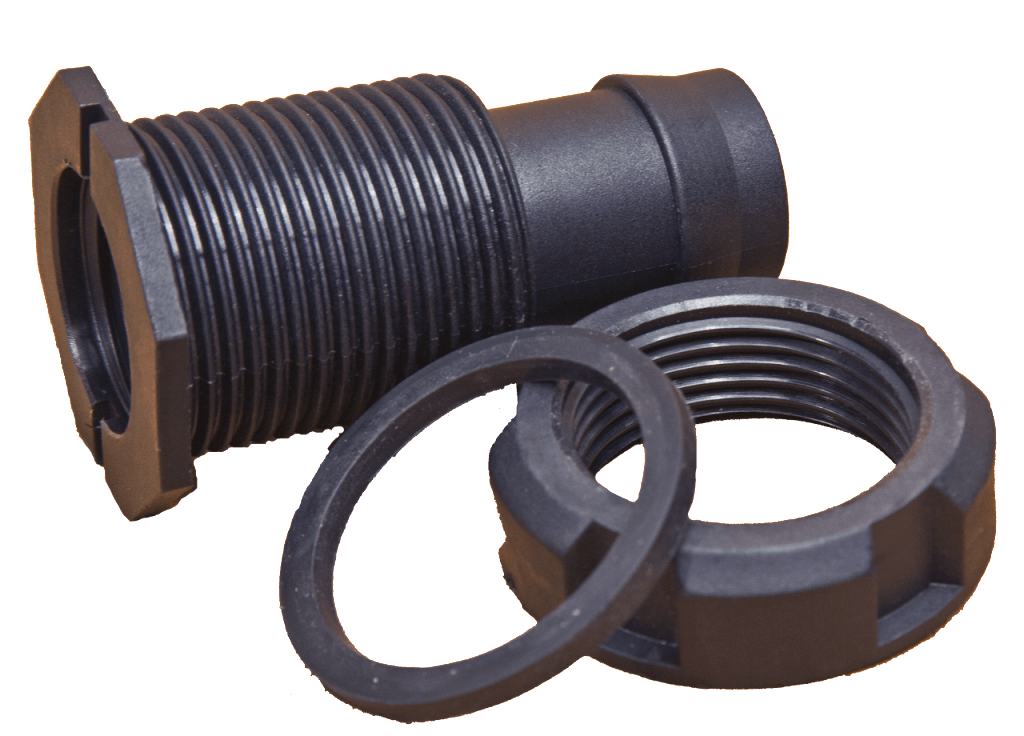
Hardware is something that doesn’t change much in quality over a range of sources.
You can get almost everything you need in the way of PVC, fittings, tubing, gutters, etc. at a hardware store.
We offer a few of the more rare fittings on our store, but we recommend folks just visit their local hardware store.
Pumps & plumbing
Finding the right pump for you hydroponic system is crucial!
If you go too small from the beginning, you’ll either prohibit your system from performing as it should or prohibit yourself from scaling your system down the road.
When you’re trying to decide the best pump for your system, you must understand head height and flow rates are very important to understand.
For ZipGrow towers in an hydroponic system, we recommend a flow rate of 2 gallons per hour.
Bright Agrotech Plumbing Videos:
Seeds and plant materials
Seeds
There are three companies that we recommend for good quality seed: Johnny’s, Harris, or Baker Creek.
All three of these companies are easy to work with and provide quality seeds with high germination rates.
Here’s a quick video on starting seeds.
Our Favorite Seed Companies:
There are plenty of others, but these are the seeds we’ve had the most luck with and given us the highest sprouting percentages.
Seedlings
Getting mature seedlings ready for planting is an option some of our commercial farmers use.
Depending on the season and your geographic location, you might be able to find a plug producer in your area that could deliver seedlings when you need them.
Just be warned… If you’re planning to grow commercially, becoming dependent on someone else to play a vital role in your business brings a whole new element of risk into your operation.
Be sure they can meet your demand and stay on schedule if you choose to go this route!
Controlling pests
Pest Controls
Check out our pest control posts on our blog for information on pesticides as well as cultural, mechanical, chemical, and biological controls.
Bright Agrotech Pest Control Posts
Here are a few we use:
PyGanic
Integrated Pest Management
This is essential for maintaining a functional commercial farm.
You must be proactive and have a management strategy!
Need Help Identifying Pests?
If you’re having trouble identifying your pest problem, our pest and disease control packet may be helpful to you.
Plant and system nutrients
Nutrient supplements
Hydroponic nutrients are much simpler to deal with than aquaponic nutrients. You will rarely deal with deficiencies, since most hydroponic fertilizers have specifically chosen ratios, and there is less nutrient cycling necessary to make nutrients available to plants.
>> If you haven’t downloaded the nutrient deficiency key yet, it’s one of the best investments of $2.99 you can make!
Building your hydroponics system
Here’s a step-by-step overview of one way to build a hydroponic system using ZipGrow Towers.
I say “one way” because ZipGrow towers are insanely flexible and adaptable to your own ideas or system/market considerations.
If you’re interested, here is an FAQ.
Want to become an Upstart Farmer?
Check out Upstart University, the online training program to learn everything you need to become an Upstart Farmer. Courses made of videos, written content, quizzes, and assignments are designed to empower and equip you.
For $10 a month (redeemable at purchase), aspiring farmers have nothing to lose. Register now.

